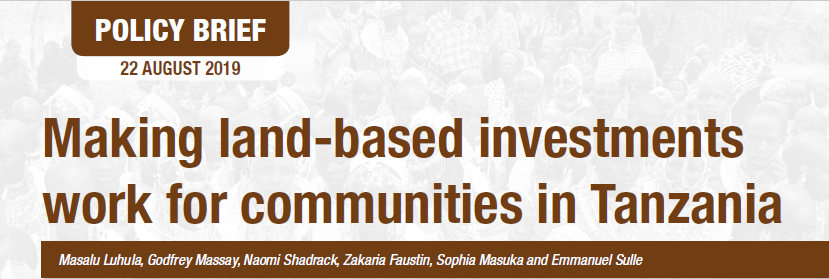Living Planet Report 2008
Publication Type:
ReportSource:
World Wide Fund for Nature; Global Footprint; Zoological Society of London (2008)Abstract:
<p><strong>We have only one planet.</strong> </p><p>Its capacity to support a thriving diversity of species, humans included, is large but fundamentally limited. When human demand on this capacity exceeds what is available – when we surpass ecological limits – we erode the health of the Earth’s living systems. Ultimately, this loss threatens human well-being. This report uses complementary measures to explore the changing state of global biodiversity and of human consumption. The Living Planet Index reflects the state of the planet’s ecosystems while the Ecological Footprint shows the extent and type of human demand being placed on these systems.<br /><br />The Living Planet Index of global biodiversity, as measured by populations of 1,686 vertebrate species across all regions of the world, has declined by nearly 30 per cent over just the past 35 years. For the first time in this report, the volume of data in the Living Planet Index has allowed species population trends to be analysed by biogeographic realm and taxonomic group as well as by biome. While biodiversity loss has levelled off in some temperate areas, the overall Living Planet Index continues to show a decline. It appears increasingly unlikely that even the modest goal of the Convention on Biological Diversity, to reduce by 2010 the rate at which global biodiversity is being lost, will be met.<br /><br />Humanity’s demand on the planet’s living resources, its Ecological Footprint, now exceeds the planet’s regenerative capacity by about 30 per cent. This global overshoot is growing and, as a consequence, ecosystems are being run down and waste is accumulating in the air, land and water. The resulting deforestation, water shortages, declining biodiversity and climate change are putting the well-being and development of all nations at increasing risk. Water shortages are of growing concern in many countries and regions. Therefore, this report includes a third measure, the water footprint, which captures the demand placed on national, regional or global water resources as a result of consumption of goods and services. Although water is not considered a scarce resource globally, its distribution and availability are very uneven, both geographically and through time. Around 50 countries are currently facing moderate or severe water stress and the number of people suffering from year-round or seasonal water shortages is expected to increase as a result of climate change. This has profound implications for ecosystem health, food production and human well-being.<br /><br />Humanity’s demand on the planet has more than doubled over the past 45 years as a result of population growth and increasing individual consumption. In 1961, almost all countries in the world had more than enough capacity to meet their own demand; by 2005, the situation had changed radically, with many countries able to meet their needs only by importing resources from other nationsand by using the global atmosphere as a dumping ground for carbon dioxide and other greenhouse gases (Figure 3). In an overexploited world, ecological debtor nations are particularly at risk from local and global overshoot, and from the associated decline in ecosystem services, the life support system on which humanity depends. If we continue with business as usual, by the early 2030s we will need two planets to keep up with humanity’s demand for goods and services. But there are many effective ways to change course. While technological developments will continue to play an important role in addressing the sustainability challenge, much of what needs to be done is already known, and solutions are available today. As an example, this report uses a “wedge” approach to illustrate how moving to clean energy generation and efficiency based on current technologies could allow us to meet the projected 2050 demand for energy services with major reductions in associated carbon emissions. Technology transfer and support for local innovation can help emerging economies maximize their well-being while leapfrogging resource-intensive phases of industrialization. Cities, which now house more than half the human population, can be designed to support desirable lifestyles while simultaneously minimizing demand on both local and global ecosystems. Empowerment of women, education and access to voluntary family planning can slow or even reverse population growth.<br /><br />The Ecological Footprint – representing human demand on nature – and the Living Planet Index – measuring nature’s overall health – serve as clear and robust guideposts to what needs to be done. If humanity has the will, it has the way to live within the means of the planet, while securing human well-being and the ecosystems on which this depends.<br /><br /></p>
| Attachment | Size |
|---|---|
| 4.35 MB |

